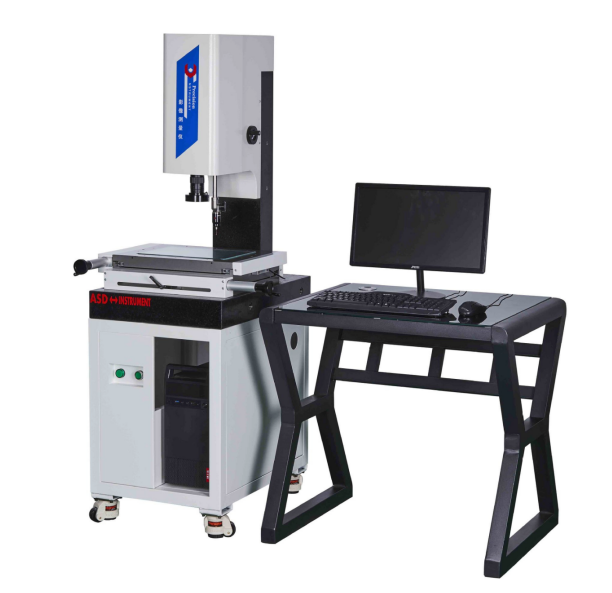To successfully establish a Red Nanguo pear orchard, start by preparing the site. Select high-quality, vigorous seedlings and plant them with spacing of 3 meters by 5 meters. Before planting, dig holes measuring 1 meter in depth and 0.8 meters in width. Mix the subsoil with 15 kg of well-rotted farmyard manure and divide it into two parts. When backfilling, first place a layer of straw about 20 cm thick, then fill the hole with topsoil, followed by the mixture of subsoil and manure, and finally cover with a thin layer of soil. Ensure that the root collar is slightly above ground level after planting, and once settled, it should be level with the surrounding soil. After planting, water thoroughly, allow the soil to dry slightly, then cover the base with mulch and wrap the trunk to protect against pests and encourage lateral bud growth, which improves survival rates. Remove the protective bags when leaves begin to develop, and regularly weed and monitor for pests and diseases during the summer.
For young trees, ensure consistent moisture supply. Once new shoots reach 5–10 cm in length, scatter the soil around the base and install a 0.8-meter-diameter tree tray to help retain water during dry periods. Red Nanguo pears typically do not produce multiple growth flushes. New shoot growth usually stops in mid to late June. Before this occurs, apply nitrogen fertilizer 2–3 times to support healthy growth. Control weeds and remove any unwanted sprouts to maintain tree vigor.
Proper fertilization and irrigation are essential for optimal growth. Apply organic fertilizer annually between August and September, incorporating it into the soil through deep tilling. Aim for a balanced nutrient ratio, with top dressing applied before, during, and after fruit expansion. Use a compound fertilizer containing nitrogen, phosphorus, and potassium, adjusting the proportions based on the growth stage—more nitrogen and phosphorus early on, and more phosphorus and potassium later. For every 100 kg of pears produced, apply approximately 0.6–0.7 kg of pure nitrogen, 0.3–0.35 kg of pure phosphorus, and 0.3–0.35 kg of pure potassium. Additionally, apply 15–20 kg of superphosphate and 3–5 kg of ferrous sulfate and zinc sulfate per acre to prevent nutrient deficiencies.
Combine fertilization with pest control by spraying amino acid liquid fertilizer diluted at 1:1000 or 0.3% potassium dihydrogen phosphate before, during, and after fruit expansion to boost tree health and improve fruit quality. Water regularly after each fertilization, especially before and after flowering and during fruit development. Drain excess water in rainy seasons and limit irrigation in the fall to avoid overwatering.
Pruning plays a key role in shaping the tree. The ideal shape is a spindle form, with a central leader reaching 80–100 cm in height and 10–15 main branches evenly spaced around the trunk. Each main branch should be spaced about 20 cm apart and angled at 70–90 degrees. Keep the length of each main branch shorter than half the row spacing to prevent overcrowding. Resulting branches should grow directly from the main branches. Prune carefully to maintain a tree height of around 3 meters.
After planting, cut the seedling at 80–100 cm and leave 3–4 strong buds below the cut. In the first 1–3 years, shorten the central leader by 40–50 cm annually. The tree structure will be fully formed within 4–5 years. Once the required number of main branches is established and the upper branches show a natural tendency, the central leader can be pruned or left as is. Adjust the height of the canopy by selecting strong or weak branches as needed. Open up the main branches promptly to maintain the dominance of the central leader.
During the growing season, perform regular pruning tasks such as bud carving, branch pulling, cap trimming, girdling, and removing unwanted shoots. These techniques promote lateral and oblique branching, reduce vegetative growth, and enhance flower bud formation, which is crucial for the quality of Hongnan Guo pears.
Bud carving is done on young trees (1–4 years old) to stimulate branching and select main branches. Branch pulling involves loosening dense shoots and cutting back golden shoots to 5–6 leaves from the base, encouraging flower bud formation and controlling upward growth. Cap trimming in mid to late July involves shortening upright shoots on the main branches to promote lower flower bud development. Girdling is used on overly vigorous trees, where a ring is cut around the trunk or main branches between May 25 and June 10. The girdle should be 1/10 the thickness of the trunk and cut to the xylem. Healing takes about 25–28 days. Lastly, remove unwanted shoots and buds to maintain tree balance and focus growth on productive branches.
Manual Video Measuring Machine
Manual vision measuring machine is a precision measurement instrument that uses manual driving for 3 axes, and the measurement software is manual point taking.
This instrument uses a zoom objective to magnify the measured object, and the image is input into a computer through a CCD industrial camera device. The enlarged image of the measured object is transmitted to the measurement software for non-contact and efficient geometric measurement of various complex workpieces.
Suitable for non-contact measurement of stamped parts, plastic parts, thin film shaped, easily deformed, easily damaged, and small-sized workpieces, such as workpiece measurement in industries such as rubber, plastic, small hardware, clocks, and light industry.Video Device
 .
.
The vision measuring machine consists of three parts: an image acquisition device, a data acquisition device, and a two-dimensional measurement software. The zoom objective lens and high-resolution color camera form an image acquisition device, and the data acquisition device is composed of a grating ruler and a data processor. The image and data are measured using 2D measurement software to achieve point, line, arc, and distance measurements.
Manual Video Measuring Machine,Manual Video Measuring Machine,China Manual Video Measuring Instrument,Video Device
Zhejiang dexun instrument technology co., ltd , https://www.dexunmeasuring.com
 .
.